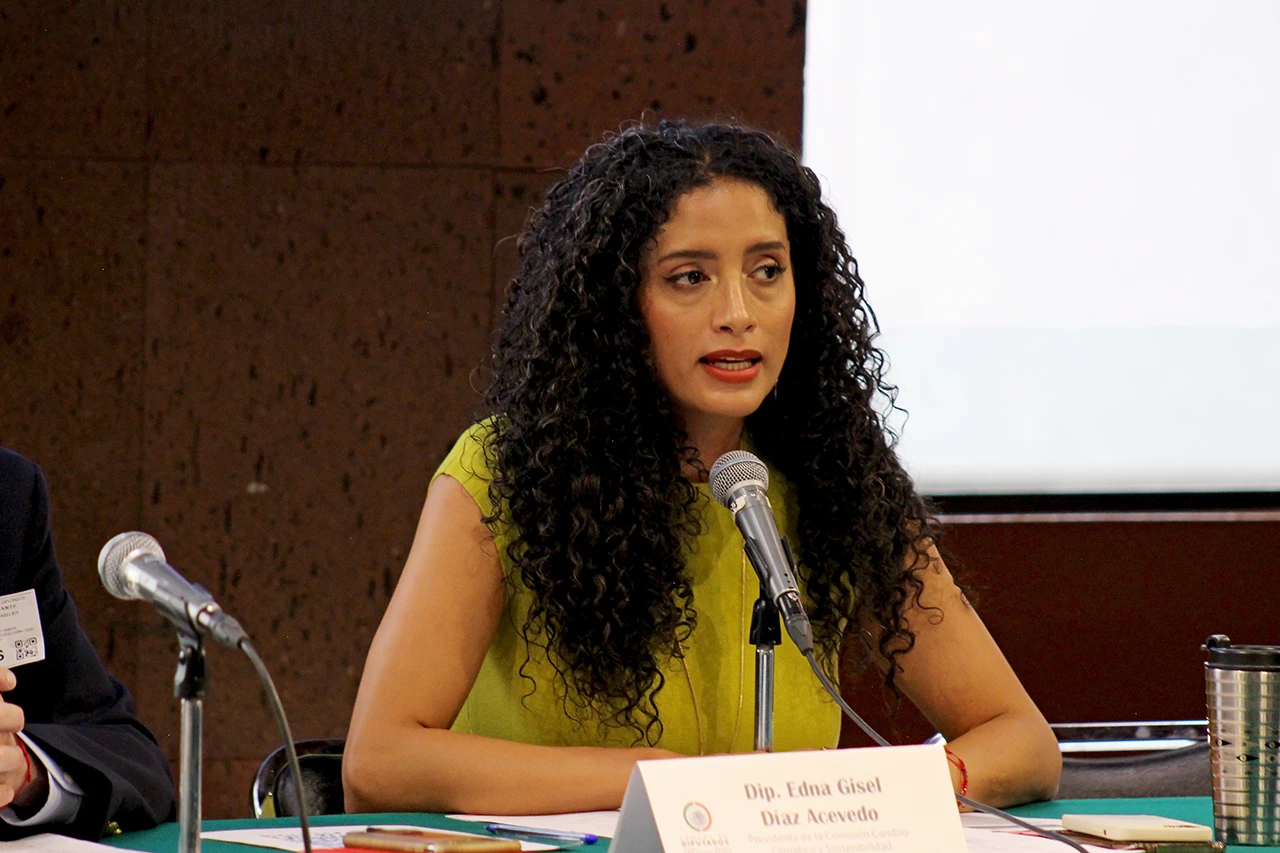During COP27, México announced its commitment to increase its NDC contribution from 22% to 35% in order to reduce greenhouse gas emissions by 2030.
To achieve this goal, 44 measures were proposed, including the development and implementation of a Blue Carbon National Strategy aiming to preserve key ecosystems like mangroves and seagrasses.
In order to give legal support to these goals established by the Executive, it is essential to build a legislative framework addressing fundamental aspects ranging from institutional needs to financing mechanisms, ecosystem conservation and restoration approaches, social safeguards, and awareness strategies.
Led by Dep. Edna Díaz and Dep. Jaime Martinez, Founders of the Mexican Ocean Caucus, a Briefing Session on "Fundamental aspects to develop a legislative framework for blue carbon in Mexico" took place on June 21. This session was organized by ICCF in partnership with the Ocean Foundation and included the participation of more than 40 experts from different sectors including civil society, academia, government, and coastland communities.
The objective of this session was to define a path to promote an ambitious and comprehensive legislative framework on blue carbon in Mexico, considering existing policies and regulations as well as the initiatives that have been presented by members of the LXV Legislature and the gaps to harmonize the legal frameworks that provide comprehensive solutions to the ocean and the blue carbon ecosystems. Topics included the contribution of scientific knowledge for creating a legal framework for blue carbon, the challenges to regulating a carbon market in Mexico, and legal issues.
It was determined that good practices, such as fair exchange, free consent, gender equality, local governance, and traditional knowledge, can contribute greatly to reducing and eliminating the potential risks of blue carbon projects and maximizing the benefits to communities and biodiversity.
With regard to the gaps, participants identified a lack of regulation of carbon markets, of precise definition of the concepts of blue carbon ecosystems, and of legislation to create public law instruments, like concessions, licenses, and permits.
Among the follow-up actions, it was agreed to systematize all the inputs obtained to have a document that allows the identification of a critical path of legislative work, and to carry out field missions to learn from the experiences and needs of the communities that are already implementing projects for the voluntary carbon market.

 Regional Headquarters
Regional Headquarters